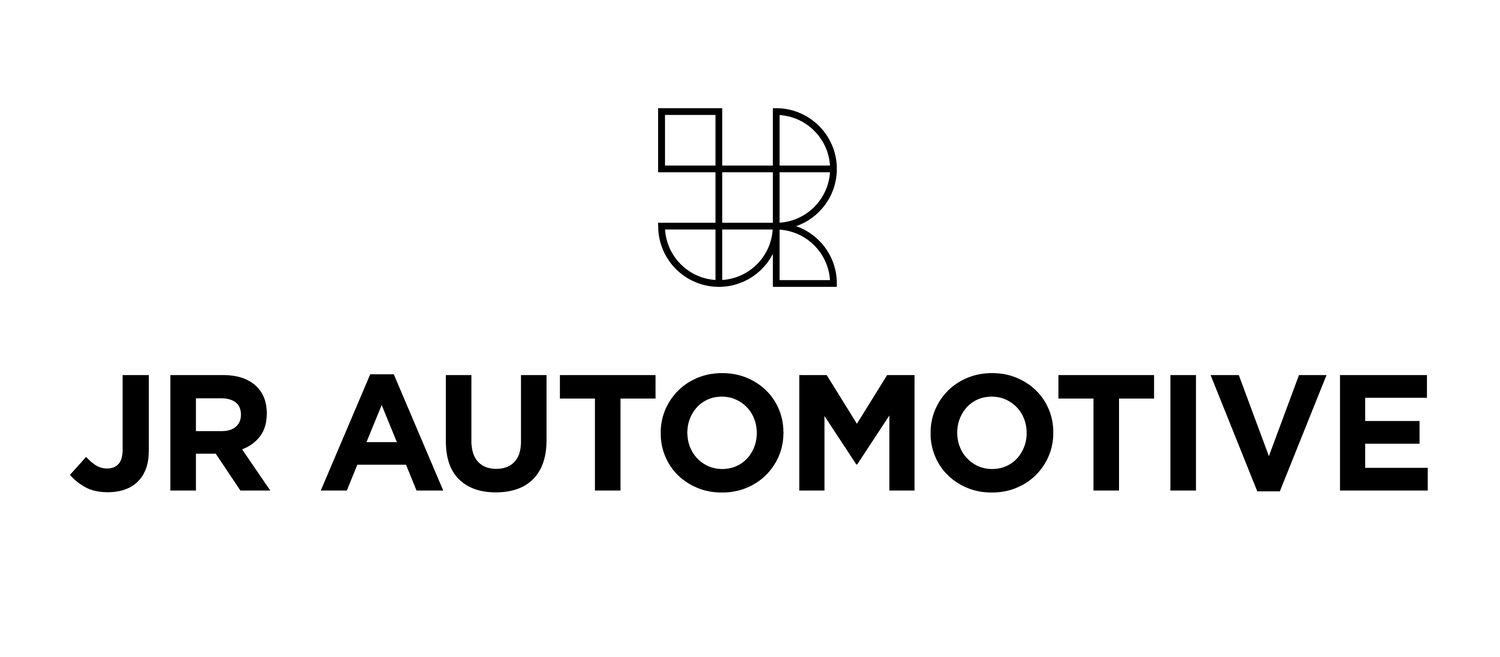Achieving a Flawless Finish: What You Need to Know About Vehicle Paint Correction
Why Paint Correction Matters
Over time, a car’s paint takes a beating—scratches, swirl marks, oxidation, and water spots dull its finish. Regular washing and waxing help, but they don’t fix existing damage. That’s where paint correction comes in.
Unlike simple polishing, paint correction removes defects from the clear coat, restoring gloss and clarity. If your car looks dull under bright light or has visible swirl marks, it likely needs correction. Left untreated, these imperfections get worse, making future restoration more difficult.
How Paint Correction Works
Most modern cars have three paint layers: primer, base coat (colour), and clear coat. The clear coat protects the paint but is also where most imperfections occur. Scratches and oxidation disrupt its smoothness, scattering light and reducing shine.
Paint correction smooths out the clear coat, allowing light to reflect evenly. This is done with polishing compounds that remove micro-layers of the surface—unlike waxes, which only cover up defects temporarily.
Common Paint Defects (And What Causes Them)
Swirl Marks & Spider Webbing – Circular scratches caused by rough cloths or automatic car washes.
Surface Scratches – From road debris, keys, or improper drying techniques.
Oxidation & Fading – UV exposure breaks down the clear coat, making paint look dull.
Water Spots & Etching – Hard water deposits and acidic contaminants leave permanent stains.
Proper washing helps prevent damage, but once defects dig in, paint correction is the only way to remove them.
The Paint Correction Process
Professional paint correction involves machine polishing in multiple stages:
Cutting Stage – A rotary polisher and aggressive cutting compound remove deeper scratches and swirl marks.
Polishing Stage – A dual-action polisher refines the surface, restoring gloss and clarity.
Final Finishing (Optional) – An ultra-fine polish perfects the finish for showroom-level results.
Can You Do Paint Correction by Hand?
For minor imperfections, hand polishing can help—but it won’t deliver the deep correction machine polishing provides. Professional tools and techniques are needed to remove serious defects safely.
Why Paint Correction Should Come Before Protection
Paint protection films and ceramic coatings should only be applied to a flawless surface. Applying them over defects locks in imperfections, reducing their effectiveness. A corrected surface ensures:
Better Adhesion – Protective coatings bond better to smooth paint.
Enhanced Appearance – A deeper, glossier, and clearer finish.
Longer-Lasting Protection – Ceramic coatings last longer when applied to a properly prepared surface.
Even brand-new cars often need minor correction due to handling and transportation. A light polish ensures protection layers go on evenly.
Maintaining a Corrected Finish
After paint correction, proper maintenance keeps the surface looking new:
Wash with a pH-neutral shampoo using the two-bucket method.
Avoid automated car washes with abrasive brushes.
Use ceramic boosters or spray sealants every few months.
Is Paint Correction Worth It?
If you care about your car’s appearance, absolutely. Unlike waxing, which is temporary, paint correction is a long-term fix. It restores depth, shine, and clarity while preserving resale value.
Thinking about protecting your car’s finish? Get paint correction first. It’s the foundation for a flawless, long-lasting shine.
Contact JR Automotive today to book your paint correction service!
